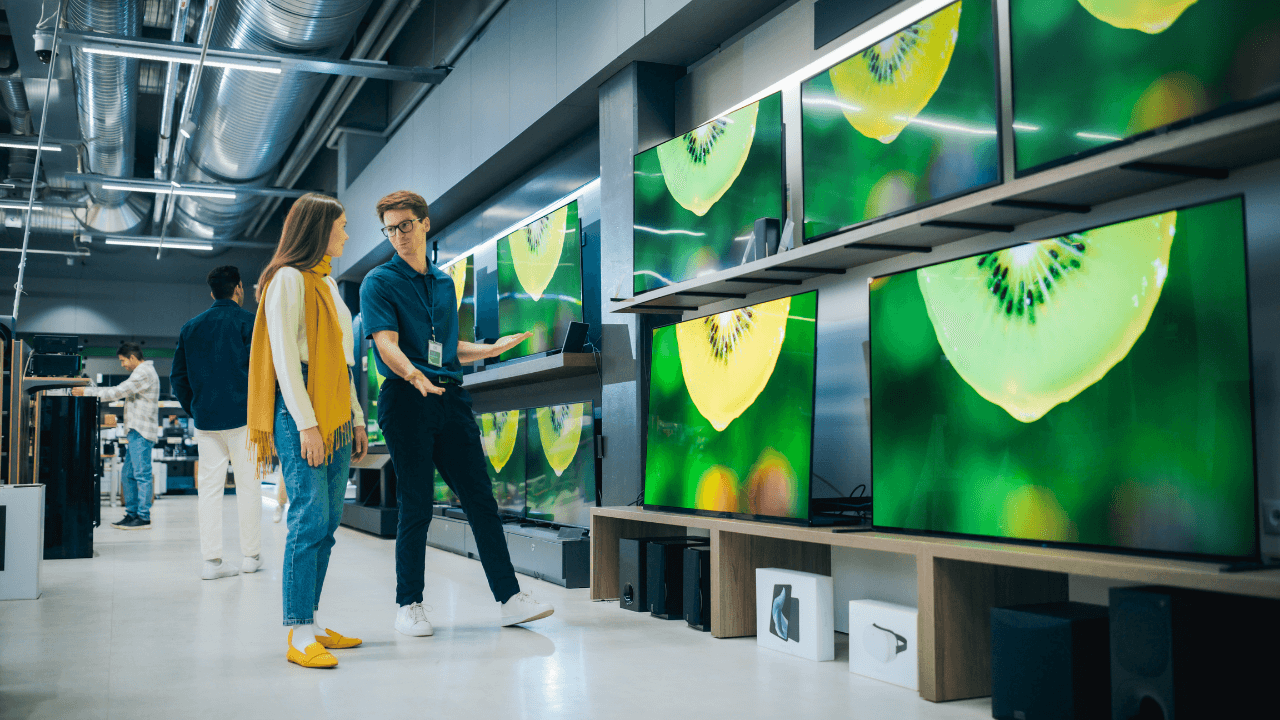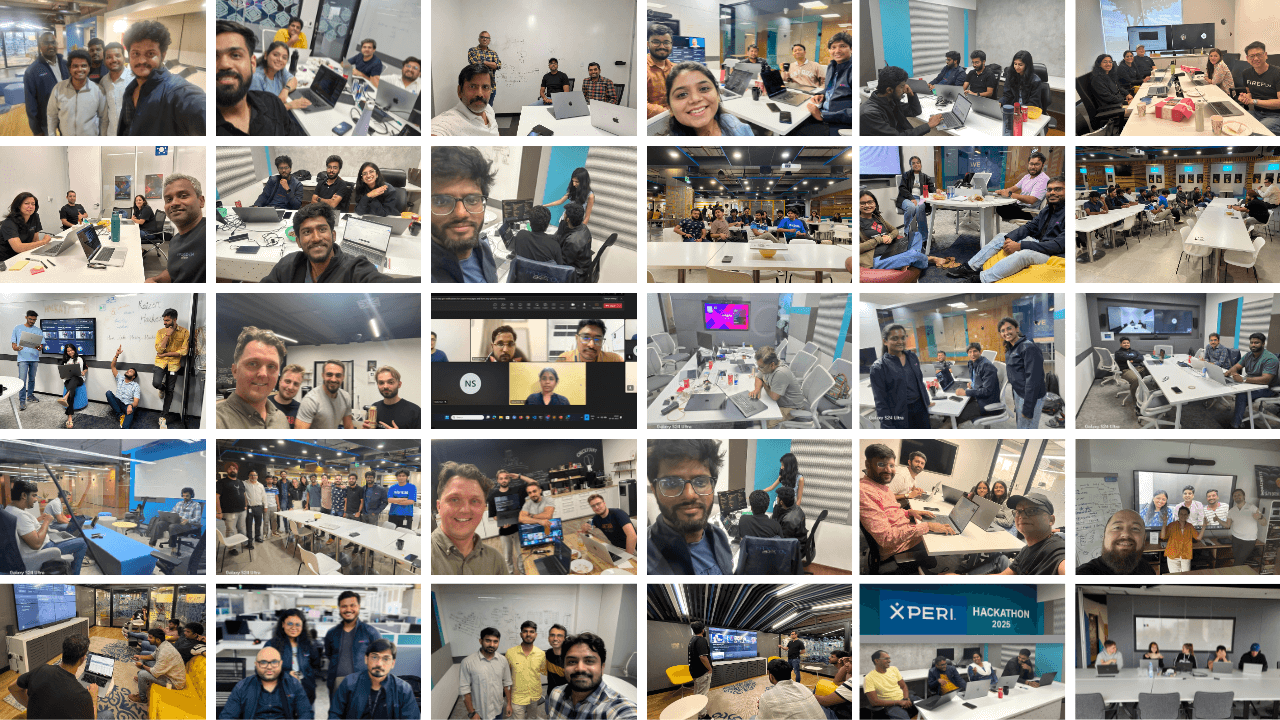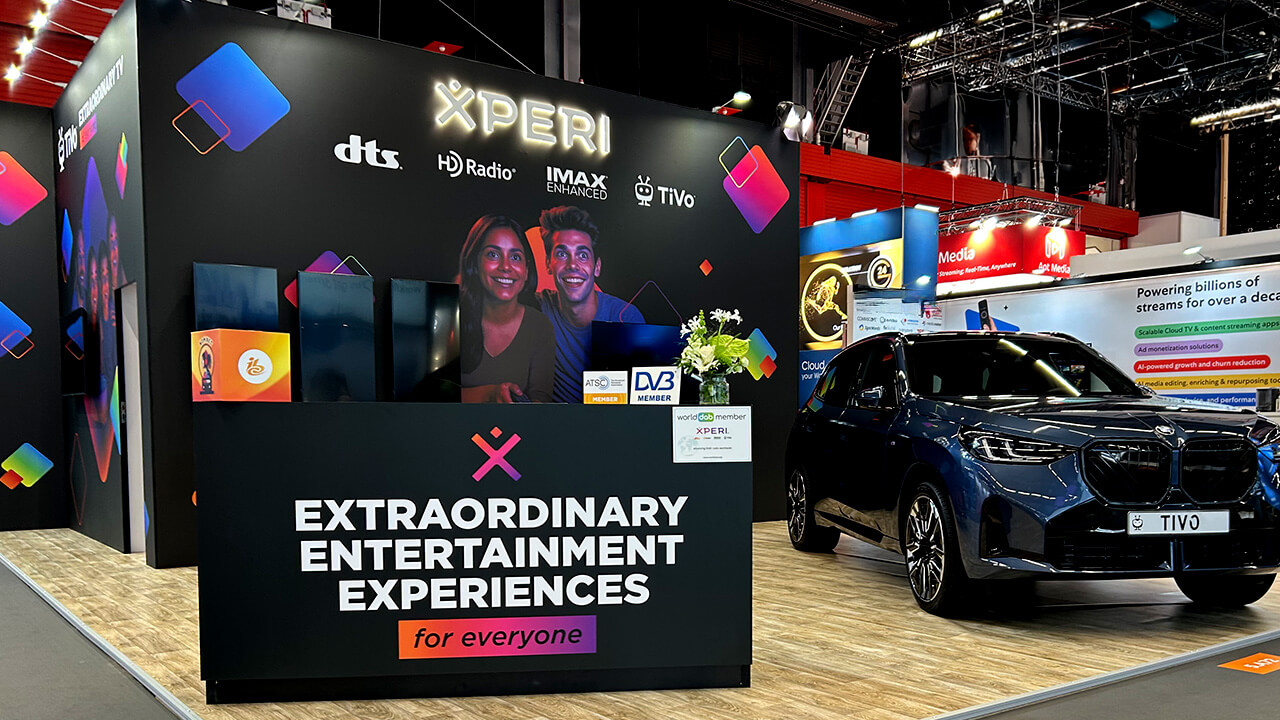In my last blog, I covered the many opportunities for consumer electronics manufacturers to entice new TV purchases during the summer of sport.
While the TV market was already ripe, huge events including the Euros and Paris games kicked off an expected spike in sales. TV manufacturers and retailers reaped the rewards. UK electrical chain Currys, for example, saw TV sales up by more than 30% in June, with “supersize” screens proving especially popular.
The summer may be over for some, but for retailers, there’s still a golden opportunity in the form of smart TVs all year round — whether or not they have their own store/house brand.
For those with house brands, there’s the chance to gain significantly more control over every aspect of the user experience, including branding, content offerings and features. By harnessing the power of an independent, unbiased operating system, retailers can set their smart TVs apart from existing big tech offerings — which are often biased for an advertising play, or owned content, which can create friction in the user experience.
For others, the opportunity comes from staying on top of technology developments as OEMs battle it out to provide consumers with the highest-quality content and user-friendly interfaces. By playing their cards right with the TVs they stock, retailers can boost revenues beyond the point of sale because consumers will remember where they bought goods that excite them.
Gaining from retail media and data-driven insights
In the past, a retailer may sell a TV and then never interact with the consumer again. Now, with TVs running independent operating systems, retailers can be closer than ever to what’s happening on the TV screen, gaining a deeper understanding of their customers and the ability to nurture brand loyalty.
On the TV interface, retailers can harness the power of retail media networks. Imagine consumers having access to manuals, services and product catalogues all from the TV home screen. Plus, by integrating its own advertising inventory within the smart TV interface, retailers can promote content and deals directly to consumers who they already have a relationship with.
“Enjoying this TV you bought from us? You could elevate your experience with this matching soundbar, or drinks fridge for the living room.”
Having access to consumer viewing habits, preferences and engagement patterns means retailers can maximise the potential of retail media networks through personalised advertising and targeted upselling. For instance, for a household that frequently watches cooking shows, a retailer can promote kitchen gadgets and white goods — which usually have a much higher markup.
Personalised bundles are another great way retailers can use data from their smart TV customers. Sales of TVs, speaker systems and soundbars were up 47% at retailer John Lewis the week before the Euros started, and packages for the full stadium viewing and audio experience could have been one way to reach an audience segment.
From a customer loyalty perspective, this elevates retailers to be the go-to brand for multiple purchases for the home.
Putting the user experience first
The most successful retailers are those that continue to give consumers what they want (and sometimes even before they know they want it). When it comes to smart TVs, that now means super-aggregation and super-search.
One of the primary drivers for smart TV purchases is the array of content available. But this volume of content must be easily discoverable. An extraordinary user experience with quick and simple access to content, that gets consumers to their favourites and makes personalised suggestions, is a must.
In response, there’s an opportunity for retailers to push TVs which excel at reducing time to content. This means offering TVs with an unbiased OS, the very best in universal search, personalised recommendations, fast access to new content providers, and natural voice search capabilities. Plus, retailers must highlight how new deep linking capabilities (the ability to play content directly from the home screen) can eliminate the frustrations of app switching.
For many consumers, these features are no longer nice to have — they are becoming essential as the volume of available content grows exponentially. By selling the experience, retailers can appeal to consumers’ desire for convenience. It’s also a surefire way to ensure customers stay engaged and satisfied with their purchase in the long run.
Maximising brand loyalty
It’s safe to say the evolving TV market presents a lucrative opportunity for retailers. But the focus has to be providing a superior entertainment experience that keeps customers coming back for more.
By prioritising key smart TV features such as aggregated (and unbiased) content offerings, and user experience features like hyper-personalisation and natural voice search, retailers can be sure consumers will love their purchase. And with the added layer of retail media integration enhanced by data-driven insights, retailers can win further — and at no expense of the consumer.
To learn more about smart TVs Powered by TiVo, click here.



